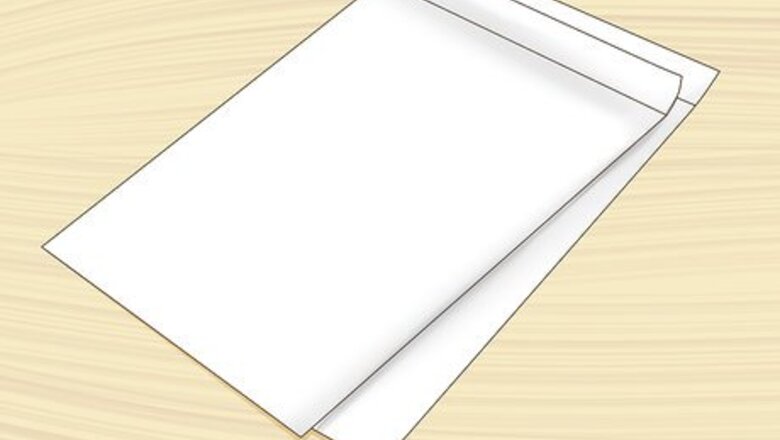
views
Bagging Your Comics
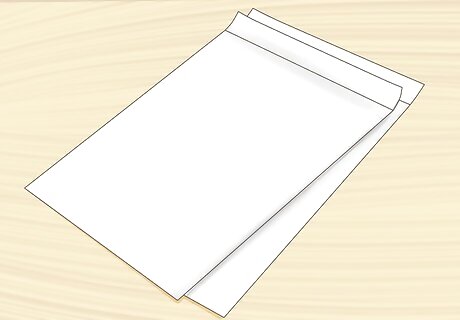
Use specially designed comic book bags. Store your comics safely in a protective bag made from acid-free materials. Limit their exposure to moisture and dirt. Keep the pages as crisp and clean as possible. Expect most comic book bags to be made of one of either three materials: Mylar, polyethylene, and polypropylene. Save Mylar for your most cherished, expensive, or frail books, since Mylar is the thickest material and will offer the most protection. Use polyethylene and polypropylene (the least expensive) for the rest of your collection.
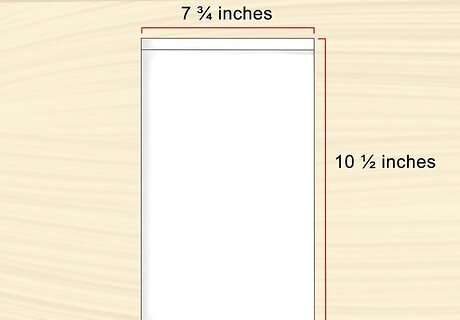
Select a size. Be aware that the average size of a comic book has changed over time. Expect older comics to be larger than today’s. Buy an appropriately sized bag for each comic to avoid the damage that might occur when you insert or remove it from a bag that is too small. Bag sizes are categorized by era: Golden Age (1940s and earlier): 7 ¾ by 10 ½ inches, or 19.685 by 26.67 cm. Silver Age (1950s to 1980s): 7 ⅛ by 10 ½ inches, or 18.1 by 26.67 cm. Current Age: (1980s to present): 6 ⅞ by 10 ½ inches, or 17.46 by 26.67 cm.
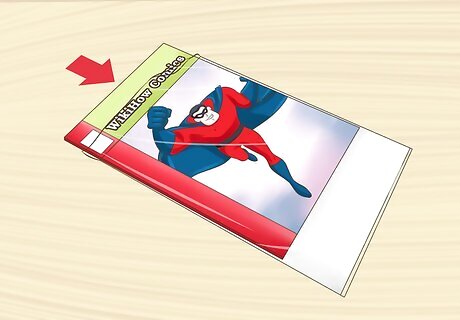
Bag each comic with a supportive board. First, slide your comic into its bag, spine first. As you do, gently press the comic closed to prevent the bottoms of the pages from scratching the edges of the bag’s opening. Once the entire comic is safely in the bag, slide a backing board in behind it. Give your comic a stiff, durable support to help keep its shape when stored upright. Some backing boards are “buffered,” meaning that one side is smoother than the other. If yours is buffered, have the smoother side facing the comic inside the bag. Since acids can ruin your comic, make sure your backing board is acid-free. If you purchased a bagged comic with a backing board included, either confirm with the seller that the board is acid-free or replace it yourself to be 100% sure.

Decide whether or not to tape your bag. Once you have bagged your comic, crease the bag’s flap to close it. Then decide between tucking the flap into the bag or taking the extra step of taping the flap to the outside of the bag (some bags may come with their own adhesive strips along their flaps). Be aware that there is some debate over which is best: On the plus side, sealing the bag with tape will further reduce the chance of any outside elements coming into contact with the comic. However, when the bag is reopened, the sticky tape at the edge of the flap may come into contact with the comic when it is removed or reinserted, causing damage.
Storing Bagged Comics
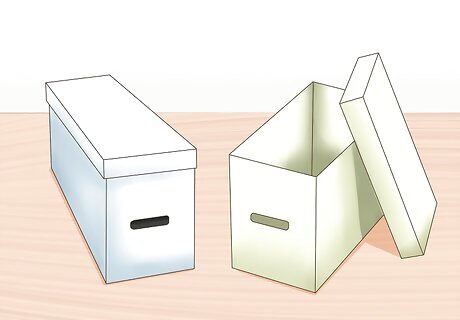
Store your comics in boxes. Protect them not only from moisture, but light as well, which will cause the pages to fade. Use a box that is specially designed for comic books, since a wider box may allow room for your upright comics to fall over sideways. Select between “long” and “short” boxes. Even if you plan on expanding your collection in the future, buy a box that is appropriately sized for your current collection. Storing 100 comics in a “long” box that fits 300 will allow room for your upright comics to fall forward. With cardboard boxes, make sure that the cardboard is acid-free. For the most protection from outside elements, use plastic boxes.
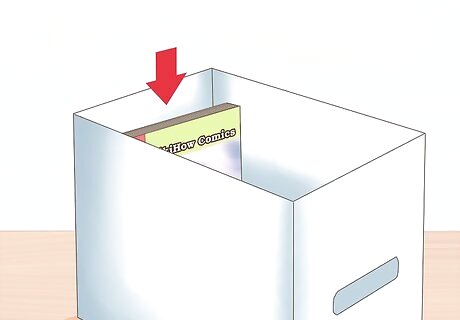
Stand them upright. Place each comic in the box vertically, as opposed to laying it flat on its back cover. Give yourself the ability to quickly search through titles without having to remove each and every comic first. Additionally, avoid the damage that may occur from stacking comics on top of each other. The combined weight of so many comics stacked on top of each other may press together the pages of those at the base, forming a seal, which will cause tears when you try to open them again. Additionally, if the edges of the comics themselves are not lined up exactly with each other, the weight of those on top may cause the corners or edges of those below to bend and crease.
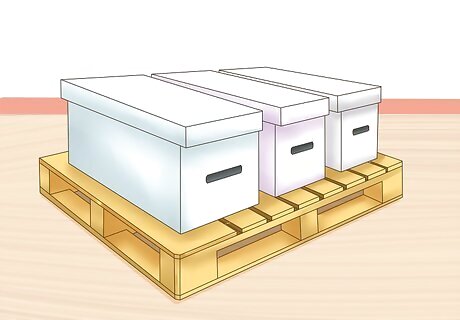
Store your boxes safely. Choose a storage space with consistent temperatures and humidity, since extreme changes in heat and moisture may hasten aging. Avoid placing them near sources of heat or cold, like radiators or a/c vents. Also avoid areas that are prone to leaks or flooding. To be extra cautious, shelve your boxes rather than set them directly on the floor, since moisture may still accumulate there, even without flooding. If you don't have adequate shelving, place your boxes on another raised surface, such as a pallet. Avoid stacking cardboard boxes if possible. If you must, keep your stacks to a maximum of five boxes each to prevent the ones on the bottom from being crushed under all that weight. Label each box according to your organizational method. Rotate the one at the bottom of the stack to the top periodically so no one box bears the brunt of all that weight over the long run. Ideal temperatures are between 50 and 70 degrees Fahrenheit (10 and 21 degrees Celsius). Humidity should ideally be around 35 percent, never more than 50 percent.
Handling Comics Safely
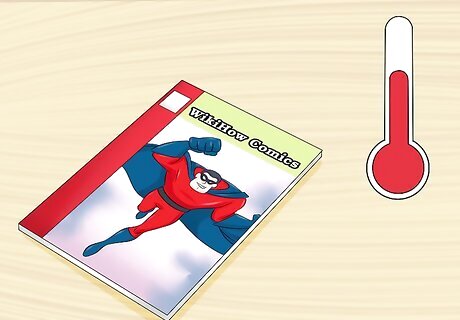
Allow them to reach room temperature. If your comics have been exposed to extreme cold or heat, expect the pages and/or spine to be brittle. Give them time to warm up or cool down, as needed, before reading. This will reduce the chance of tearing the pages or cracking the spines when you open them.

Stick to the shade. Never read your comics under a direct source of light. Prevent the pages from fading by keeping them out of the sun. When indoors, only read them by covered lamps.
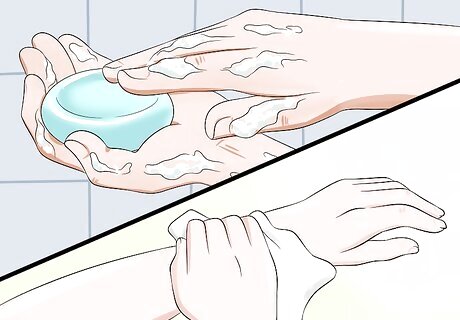
Wash and dry your hands. Remove any dirt or grime that may blemish the pages. Dry your hands thoroughly to prevent water damage. Even then, be aware that your skin’s natural oils may smear the pages. Do not pinch the pages between your fingers.
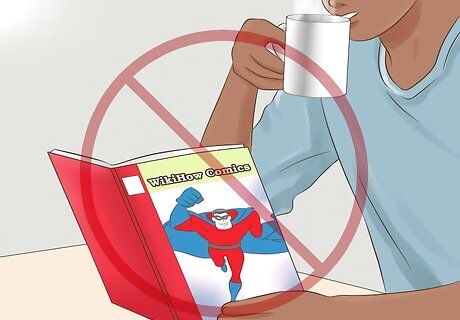
Avoid handling food, drink, and tobacco as you read. Don’t set yourself up for disaster. Refrain from eating, drinking, and smoking while reading. Eliminate the risk of smudging your pages with chocolate, spilling coffee over them, or turning them yellow and stinking them up thanks to smoke.

Hold them by their spines. Lay the spine flat along your open hand. Open the book just enough so you can read what is inside. Avoid clutching the book by its covers, which may crease the comic.
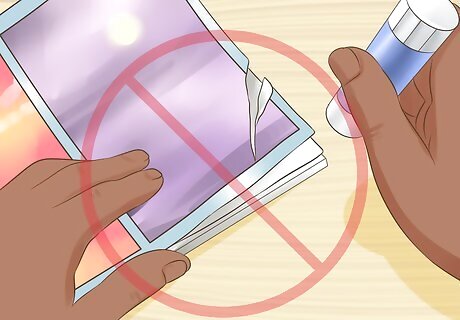
Avoid repairing any damage. If you are concerned about maintaining the value of your book for resale purposes, accept what damages have already occurred. Do not use tape or glue to fix tears or weak spines, since these will be regarded as further blemishes on top of the natural wear-and-tear. However, if you have no intention of ever reselling it and instead want to ensure that it holds up for multiple re-readings, go right ahead.















Comments
0 comment